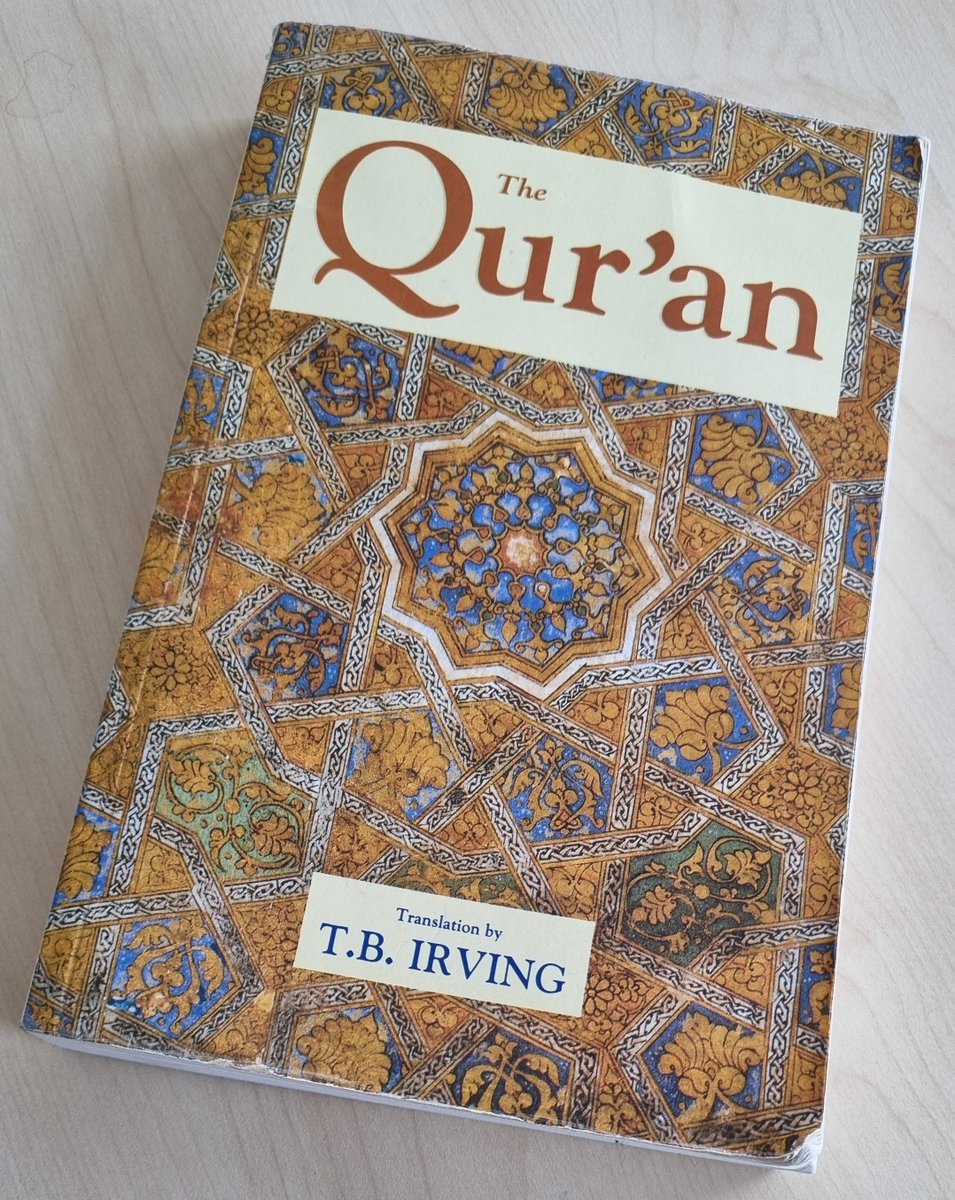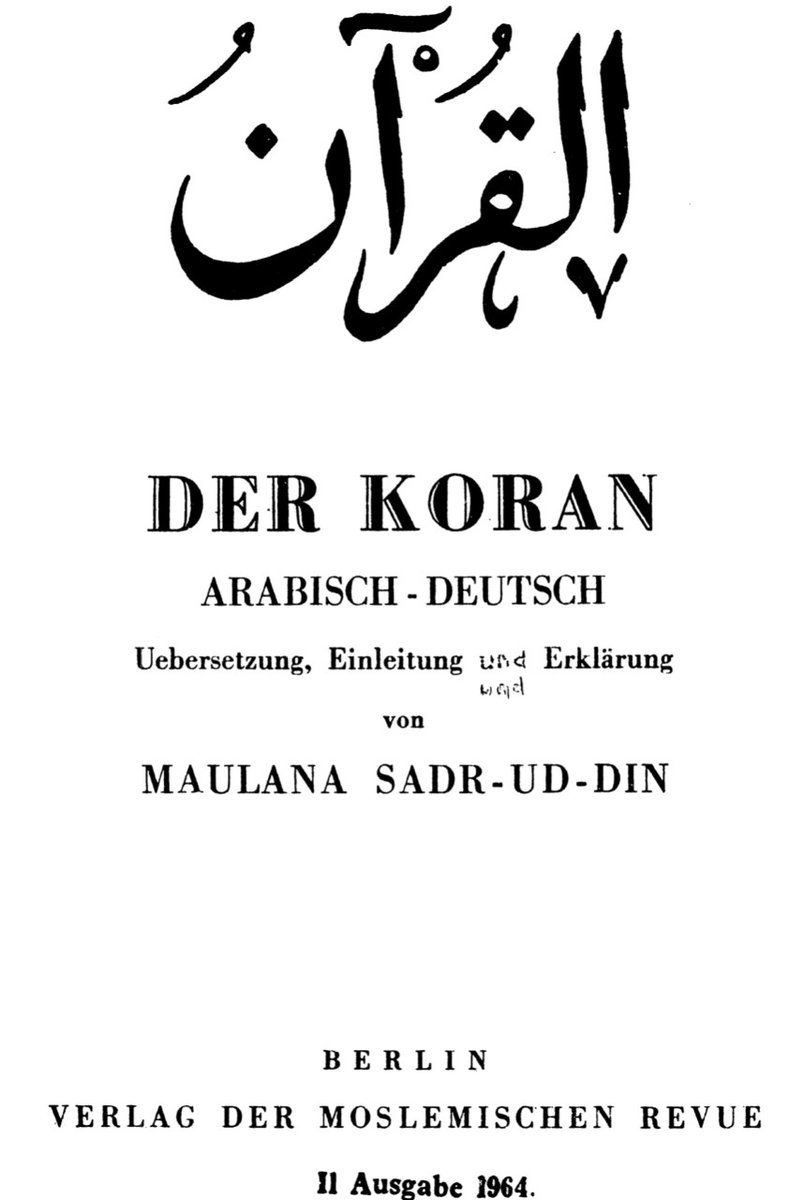It is widely known that the first translation of the Qur’an in Europe was produced in Latin in a Christian context, but what about the first Muslim translation? #qurantranslationoftheweek 🌍🇵🇱
That honour goes to the 16th–17th century interpretation into the Old Polish language (with extensive usage of other Slavic vocabularies like Old Belarusian), made by Tatars of the Polish-Lithuanian Commonwealth.
Usually known as ketabs (meaning “religious books”) and written in Arabic script with additional letters, these texts were in broad usage until the 20th century.
Nevertheless, Muslim Qur’an translations in the modern sense appeared in Poland only recently. 19th-century renditions (by Polish Jesuit activists, so-called “Philomath Society” in 1828 and another version in 1858 by Jan Murza Tarak Buczacki) were based on French translations.
The first complete translation from the Arabic appeared in 1986, by the well-known Polish Orientalist Józef Bielawski (1910–1997).
In 2018, a new translation into Polish appeared under the aegis of the Muslim Religious Union in Poland (Muzułmański Związek Religijny). It was completed by Musa Czachorowski (born 1953), Polish Tatar activist, translator and poet. 

Published in Białystok with the support of the Turkish Directorate of Religious Affairs (TDRA), the publication provides merely the core text of translation and a short foreword by the Mufti of Poland Tomasz Miśkiewicz.
Publishing data also refers to the use of two translations as the basis of the final text: the one into Russian by Fazil Karaogly (Istanbul, 2014), and the revised edition of Abdullah Yusuf Ali’s popular translation into English. 

The question of how extensively the original Arabic was used remains open. A single comparison, however, attests the reference to other materials, at least previous translations into Polish, Russian and other Slavic languages.
It is also hard to say whether any Muslim exegetical works were used (including the oldest ones written by Polish Tatars).
The target text provides Polish wording in an interpretative style, explaining almost all the Arabic words including some cross-cultural concepts like ritual classification of camels from the Qur’an, 5:103:–
“Bóg nie ustanowił żadnego przesądu, związanego z wielbłądzicą płodną lub wielbłądzicą wypuszczoną na pastwisko, lub wielbłądzicą, która wydała naraz dwoje małych, lub z wielbłądem rozpłodowym….”
(“God did not make any superstition about the fertile camel or the camel put out to pasture, or the camel that gave birth to two little ones at once, or the camel breeding…”). 

In addition, there is a feature which is somewhat rare for Muslim translations: the absence of the Arabic Divine name (“Allah” is rendered simply as Bóg, “God”); likewise, proper names for prophets and messengers are also written according to the Polish Christian pronunciation.
In a way, this makes the translation accessible to a non-Muslim audience; but since no comments are appended to the text, some meanings may remain completely obscure.
For the last two years, this translation has been promoted widely in Poland as the Muslim reading of the Qur’an, contextualized within the domestic Islamic tradition of Polish Tatars.
According to recent information from the translator, a new edition is planned for Autumn 2020, not only with revisions but also with the Arabic text included (as with most TDRA publications). #qurantranslationoftheweek 🌍
~MY~
~MY~

• • •
Missing some Tweet in this thread? You can try to
force a refresh

















